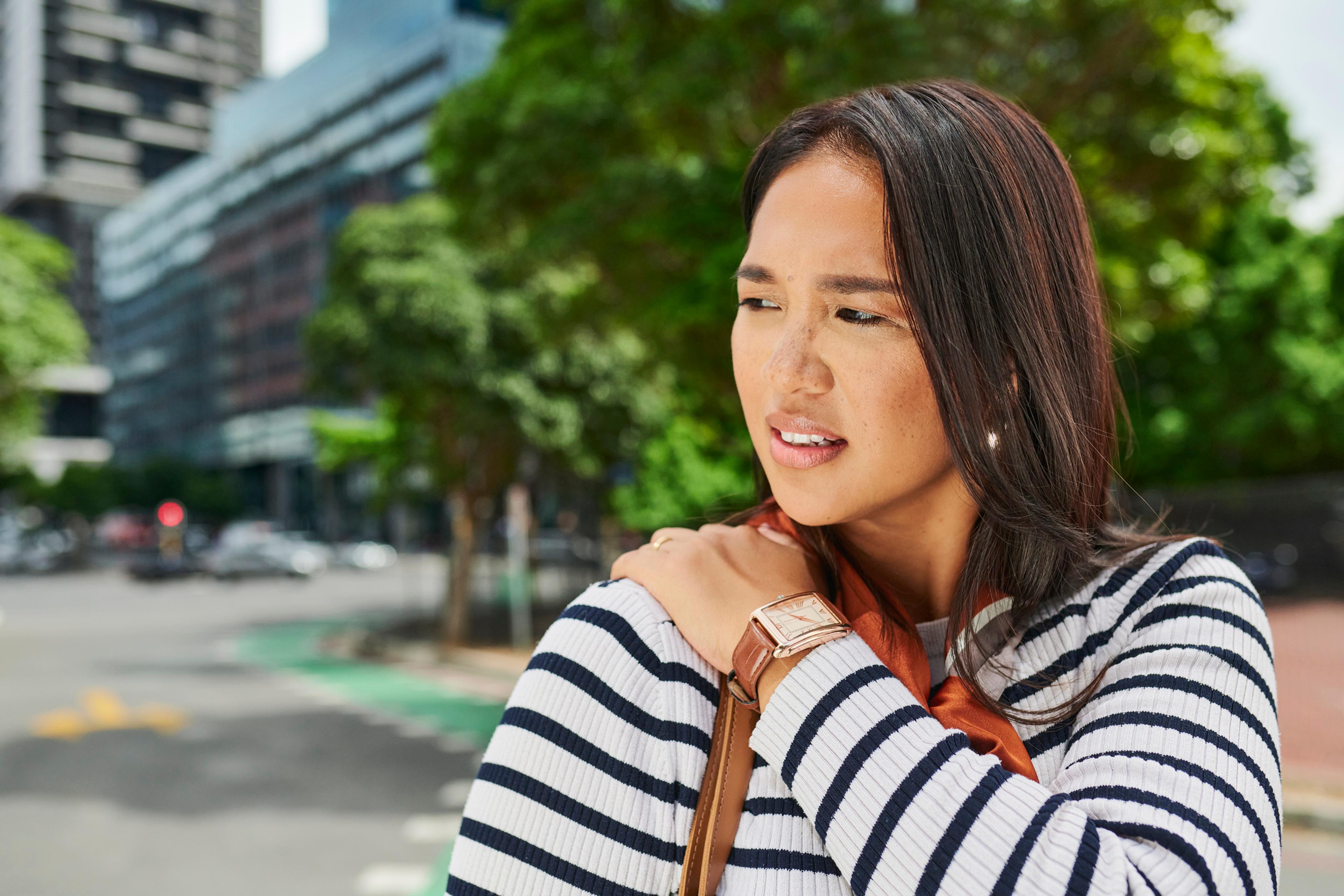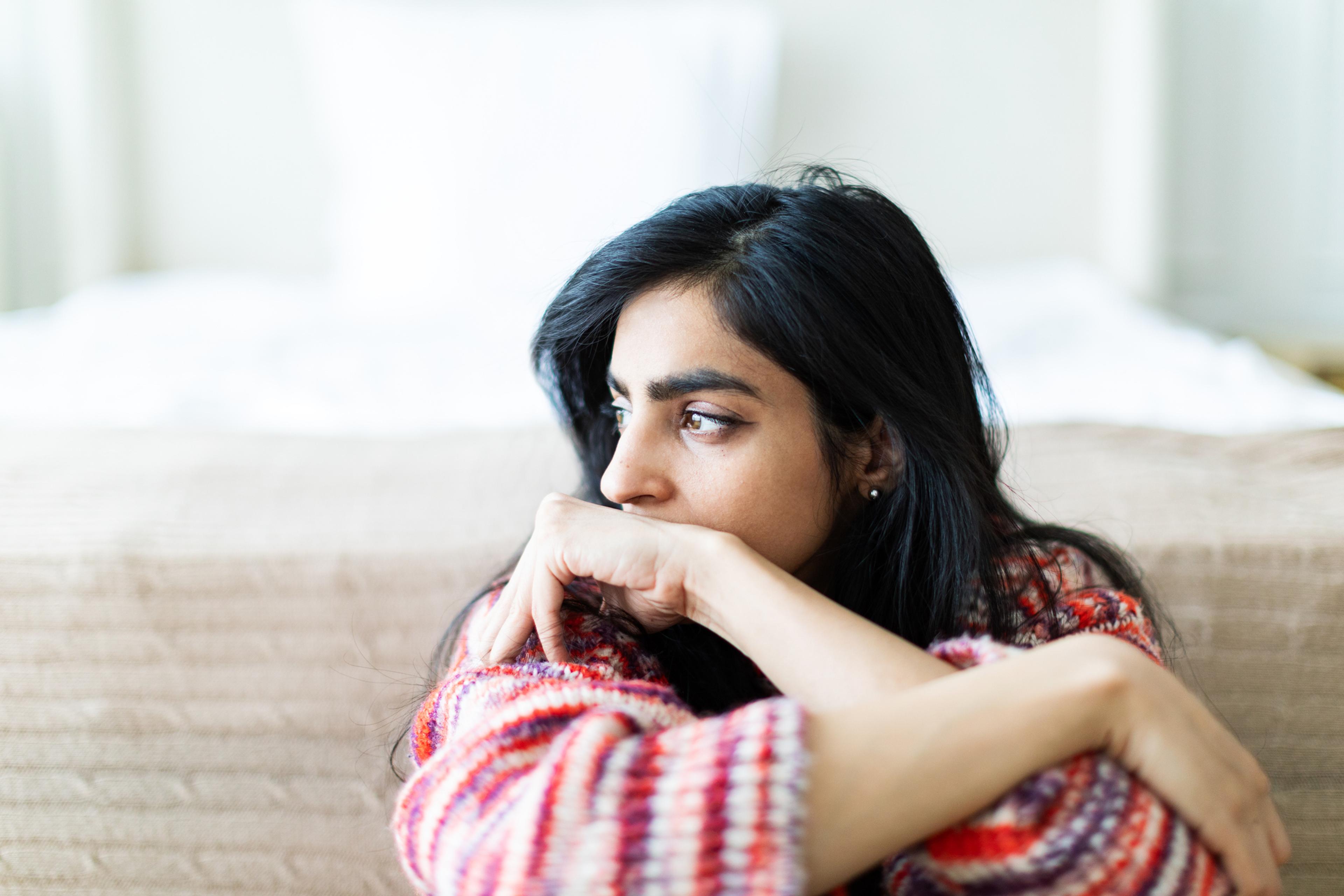Is Your Bag Causing Back Pain?

Grace Trelease
| 3 min read

Key Takeaways
- Weight on one shoulder can lead to bad posture, muscle spasms and asymmetrical muscle development, contributing to back and neck pain.
- Using a backpack with two straps, unloading non-essentials and switching sides can help distribute weight evenly and reduce stress on the back and shoulders.
- Being mindful of how you carry your bag and taking regular breaks to rest and recover can help alleviate back pain, and if pain persists, consult your primary care provider.
Back pain is one of the most common medical issues in the United States, and one of the most common reasons individuals seek medical treatment, according to the Mayo Clinic.
More than 31 million Americans experience back pain at some point, and experts say that about 80% of the population will report experiencing back pain sometime in their life.
What are the drivers of these issues? Could the bag you carry every day be the source of your back pain? Learn more about the effects your bag may have on your back.
What is back pain?
Back pain is a feeling of discomfort anywhere in your back. It could be aching, burning, dull, sharp, shooting, stabbing or throbbing.
Causes of back pain include strains, sprains, arthritis, fractures, disk issues, scoliosis and more, according to the Cleveland Clinic. A lot of these can be a result of age, improper lifting, posture and excess weight.
How your bag is hurting your back
One-sided bags such as totes or computer bags are popular options for work and daily life. The amount of weight on one shoulder could be a cause of back and neck pain, bad posture and muscle spasms.
The excess weight on the side of the body the bag is on could result in physical stress. Carrying a bag on one shoulder puts stress on that side of the body and causes you to lean to one side more than the other, which may alter your upright posture, according to Houston Neurosurgery and Spine.
Having a bag on one side of the body may also cause asymmetrical muscle development on your dominant side. This is where the muscles in your shoulders, back and neck develop more than the other side because of the uneven weight distribution. This can affect your posture and may result in favoring the dominant side, the one where you would most likely carry your bag.
Ways to prevent back pain
There are a few ways to carry what you need and still combat back pain:
- Use two straps instead of one: Using a backpack properly can help with back pain. Using both straps on the backpack can evenly distribute the stress put on your back and shoulders.
- Unload non-essentials: Every now and then, look at everything in your bag and take out what you don’t need. Unloading non-essentials from your one-strap bag can make a difference in posture and stress on the back.
- Switch sides: If you use a one-strap bag regularly, try switching which shoulder you rest it on. Switching sides can give each shoulder a bit of time to rest and recover.
If you are experiencing severe or continued pain in your back, shoulders or neck, talk to your primary care provider about ways to relieve that pain.
Photo: Getty Images
Related:





